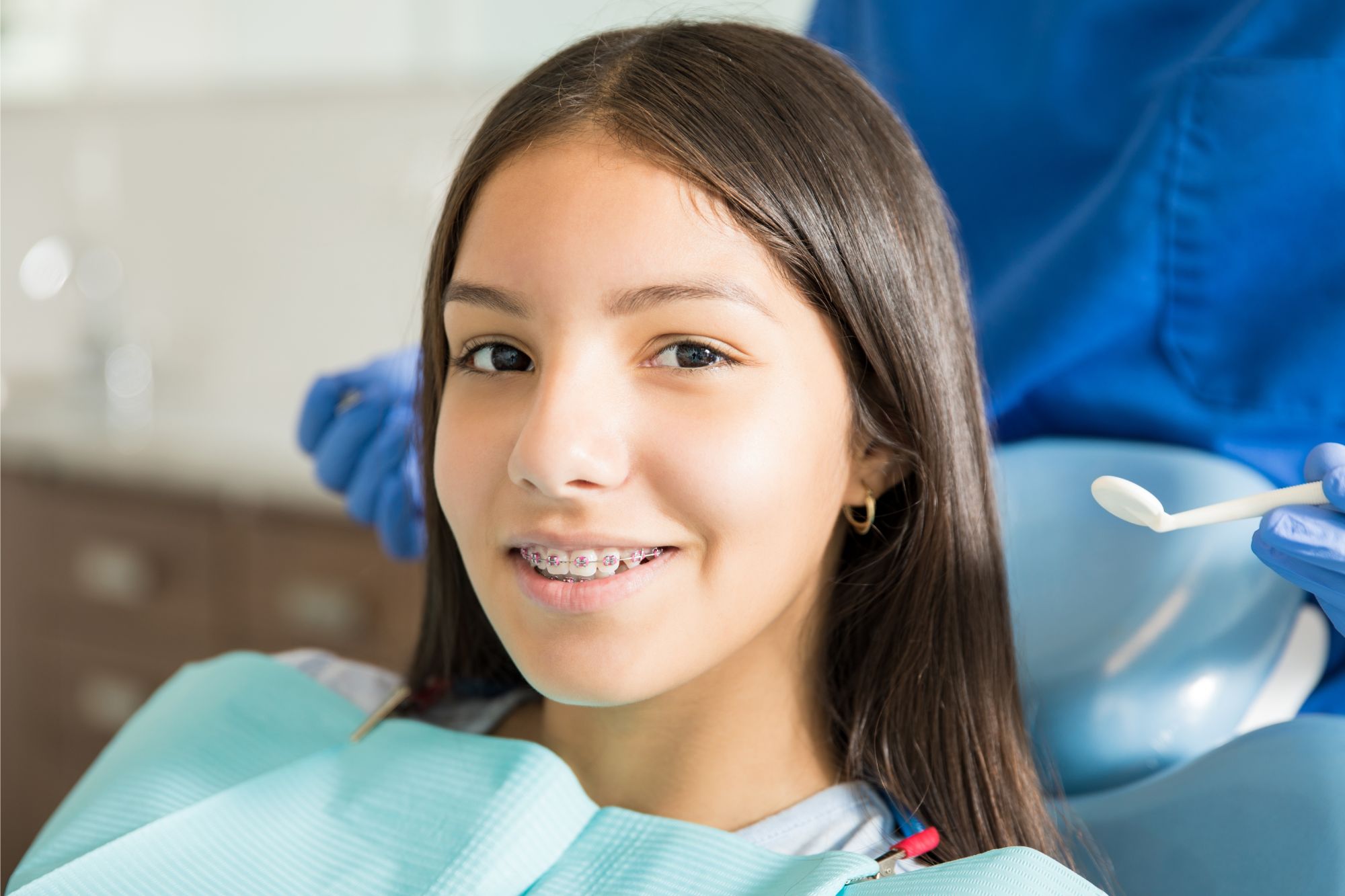Orthodontics can be an intimidating procedure to go through and it often provokes a mountain of questions. Even the word “orthodontics” can seem difficult to define. Simply put, it’s the treatment of irregularities in the teeth and jaws. This includes the infamous metal braces, but may also utilize retainers, Invisalign, or other appliances. Oftentimes, questions arise before, during, and after the process of achieving the perfect smile.
Dr. Kraus in Allen, TX strives to provide the utmost care to his patients, including providing them with pertinent information regarding orthodontics and the treatment process. Take a look below to see some commonly asked questions with regards to orthodontics, and give us a call if you’d like more information.
How Do I Know if Braces are Needed?
Sometimes, it can be difficult to assess if braces are needed on your own. Some of the most obvious reasons our patients seek treatment are as follows: crooked teeth, gaps, overlapping teeth, overbite, underbite, and the jaw being off-centered (cross bite). Of course, Dr. Kraus can assess your smile and determine what type of treatment is necessary.
Who is Eligible for Braces?
The American Association of Orthodontics recommends that your child be evaluated by the age of 7, as early detection of some orthodontic or developmental problems can prevent more difficult procedures later on. Although children are stereotypically the most common orthodontic patients, age is not a factor. In fact, 25% of orthodontic patients are adults. In other words, everyone can benefit from orthodontics!
Do Braces Hurt?
With the advancements made in orthodontics, there is relatively no pain. After the having the braces placed, your gums and teeth will be a little sore, but this only lasts for a few days after the braces are placed or adjusted. Soreness has also decreased due to the technological advancements with our braces and wires.
Braces Vs. Invisalign
Both Invisalign and braces improve your smile and oral health, but they both have their benefits and problems.
Braces are more effective for complex issues, but they call for a little extra care when compared to Invisalign. Patients must be careful to avoid certain foods which can damage the brackets and wires. Additionally, they create hard-to-reach areas in the mouth which means oral hygiene practices become much more important. Nevertheless, braces are a great option for virtually any patient.
Invisalign, on the other hand, is a more discreet method of aligning teeth using clear, removable retainers. Patients have no issues with eating as they don’t have any brackets or wires to consider while chewing. However, you do have to take them out anytime you want to have a snack or eat a meal. The only thing you can consume with the aligners in your mouth is cold water. All Invisalign patients then have to brush before putting the aligners back in. And, you have to be very responsible and remember to put them back in after they’ve been removed, oftentimes accompanying a quick rinse in the sink. Invisalign is not for everyone, so be sure to ask if it’s right for you during a consultation.
How Much Does it Cost?
The consumer guide for dentistry estimates that traditional braces (being the least expensive option) can range from $3,000 to $7,000 depending on insurance coverage. According to the manufacturer, Invisalign costs from $3,500 to $7500. The final cost is determined by the difficulty level with which each individual patient presents. Ask Dr. Kraus for an estimate on the price during your initial consultation.
Attain a Perfect Smile with Kraus Orthodontics
If you are interested in scheduling an appointment or have any questions, please contact our office at 469-619-9959. We are happy meet with you and answer all of your questions.
 469-619-9959
Free Consult
469-619-9959
Free Consult



